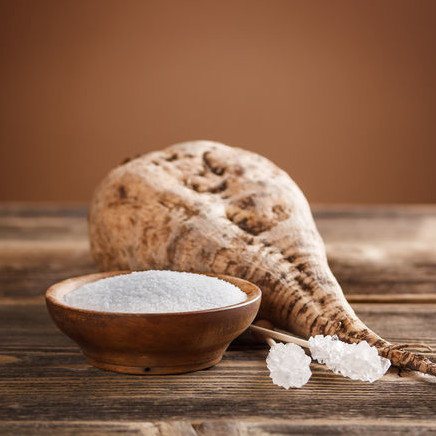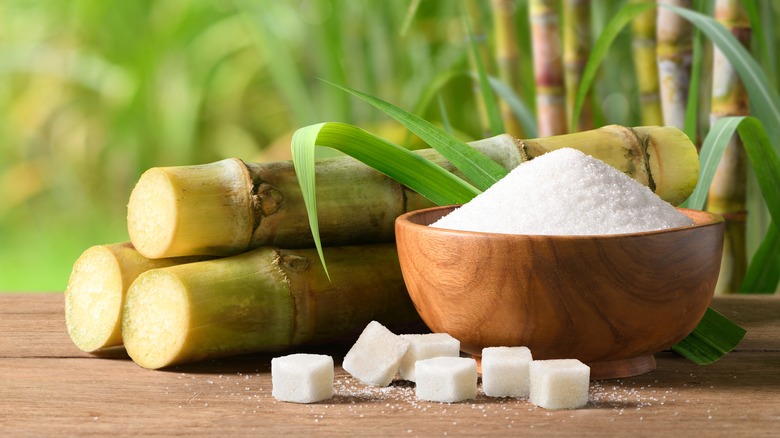Learning about beet sugar vs cane sugar can help individuals decide which suits their needs better.
Learning about beet sugar vs cane sugar can help individuals decide which suits their needs better.
Blog Article
Discover the Uses and Conveniences of Beet Sugar Vs Cane Sugar in Your Daily Diet Plan
Discovering the unique qualities of beet and cane sugar reveals greater than simply their sweetening capabilities; it highlights their one-of-a-kind impacts on health and cookeries. Beet sugar, understood for its subtle flavor, is commonly preferred in fragile desserts, whereas cane sugar, with its hint of molasses, includes splendor to durable meals. Each kind holds its very own dietary profile and glycemic implications, welcoming a much deeper understanding of their roles in a balanced diet and sustainable consumption techniques.
Beginning and Production Procedures of Beet and Cane Sugar

The distinctive environments and dirt types required for growing sugar beetroots and sugarcane add to differences in their growing methods and geographical circulation, affecting the business economics and sustainability of their manufacturing. beet sugar vs cane sugar.
Nutritional Comparison Between Beet Sugar and Cane Sugar
In spite of stemming from various plants, beet sugar and cane sugar are nutritionally really comparable, both primarily containing sucrose. Each provides about 4 calories per gram, translating to approximately 16 calories per teaspoon. Structurally, both sugars are composed of approximately 99.95% sucrose, with marginal quantities of various other materials like dampness and trace element, which do not dramatically modify their dietary accounts.

Inevitably, when choosing between beet sugar and cane sugar based on dietary content alone, both offer identical advantages and downsides as they are essentially forms of the very same particle-- sucrose, giving quick energy without other nutrients.
Influence On Health: Glycemic Index and Caloric Content
Exploring additionally into the impacts of beet sugar and cane sugar on wellness, it is essential to consider their glycemic index and caloric web content. The glycemic index (GI) of both beet and cane sugar is around 65, classifying them as high-GI foods, which can cause fast spikes in blood sugar degrees.
Each sort of sugar includes about 4 calories per gram, making their calorie material matching. For those monitoring caloric intake, especially when managing weight or metabolic health and wellness conditions, understanding this equivalence is vital (beet sugar vs cane sugar). Nonetheless, too much click this site intake of Source any kind of high-calorie, high-GI food can add to wellness problems such as obesity, heart problem, and insulin resistance.
Environmental and Economic Considerations of Sugar Production
Beyond health influences, the manufacturing of beet and cane sugar likewise raises significant ecological and economic issues. Sugar beet growing often tends to call for cooler climates and has a lower geographical footprint contrasted to sugar cane, which flourishes in exotic regions.
Furthermore, the use of pesticides and fertilizers in both beet and cane sugar farming can bring about dirt destruction and contamination, more affecting biodiversity and regional water bodies (beet sugar vs cane sugar). The choice in between cultivating sugar beet or cane frequently depends upon local ecological problems and financial elements, making the sustainability of sugar production an intricate concern
Culinary Applications and Flavor Distinctions
While the environmental and economic aspects of sugar manufacturing are indeed substantial, the choice in between beet and cane sugar also affects cooking applications and taste profiles. Beet sugar, stemmed from the sugar beet plant, is known for its remarkably neutral taste. This makes it a versatile active ingredient in baking, where it does not change the flavor of various other components. It liquifies promptly and is ideal for usage in cakes, cookies, and pastries.
Walking cane sugar, removed from sugarcane, usually retains molasses traces, which pass on an unique splendor and deepness. This minor molasses flavor boosts the complexity of baked goods, sauces, and sauces. It is especially favored in products where a sugar touch is desired, such as in brownies or gingerbread. The mild variation wikipedia reference in wetness material in between beet and cane sugar can impact the texture and uniformity of meals, making cane sugar a favored choice for certain dishes that profit from its unique residential properties.

Final Thought
In final thought, both beet and cane sugar have distinctive origins and manufacturing processes, offering similar dietary profiles with minor differences in salt material and flavor. While their effect on health and wellness, especially pertaining to glycemic index and calories, is similar, the selection in between them frequently comes down to environmental, economic aspects, and specific culinary demands. Recognizing these elements can guide customers in making educated decisions that line up with their health goals and taste choices.
Report this page